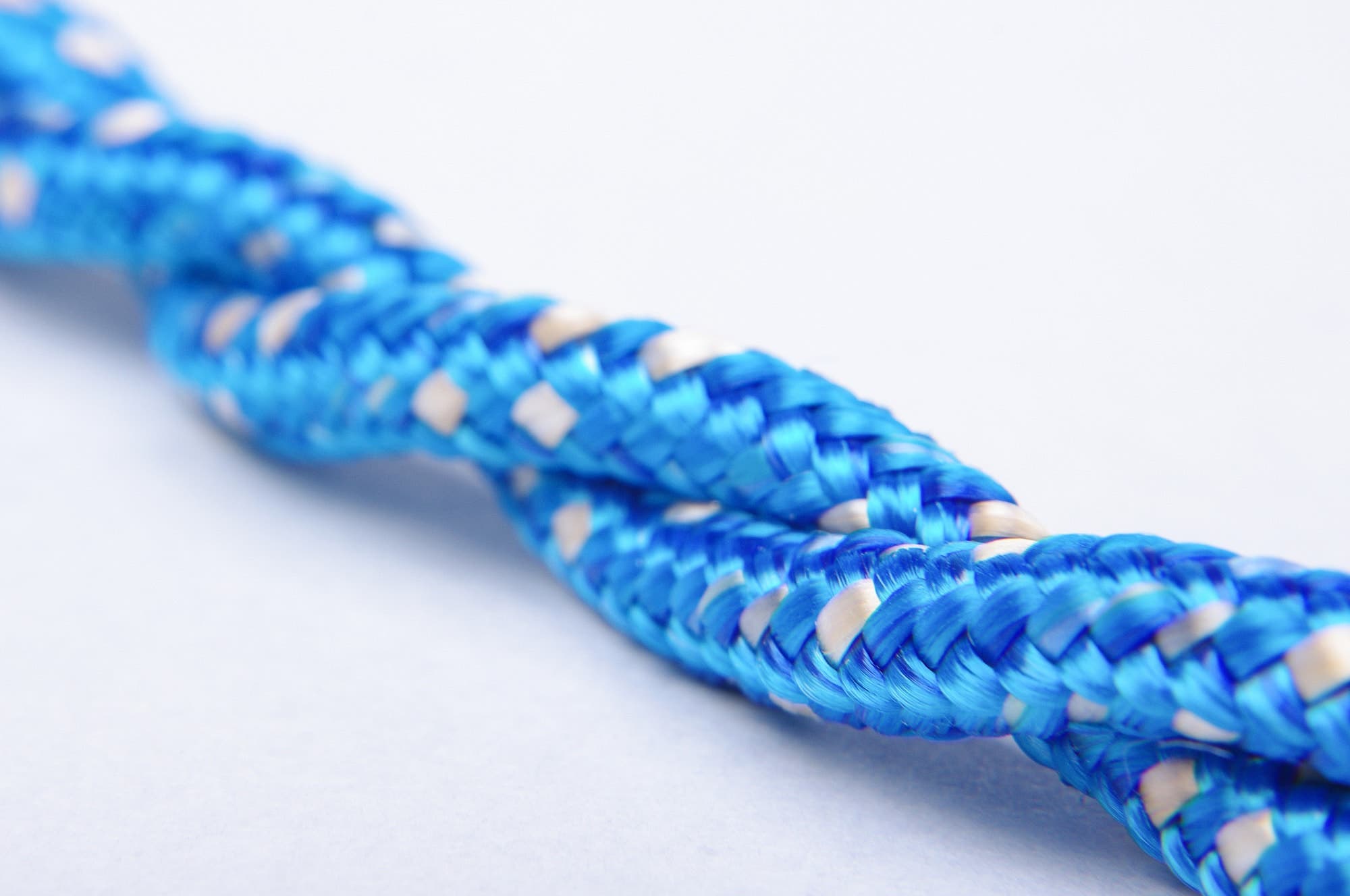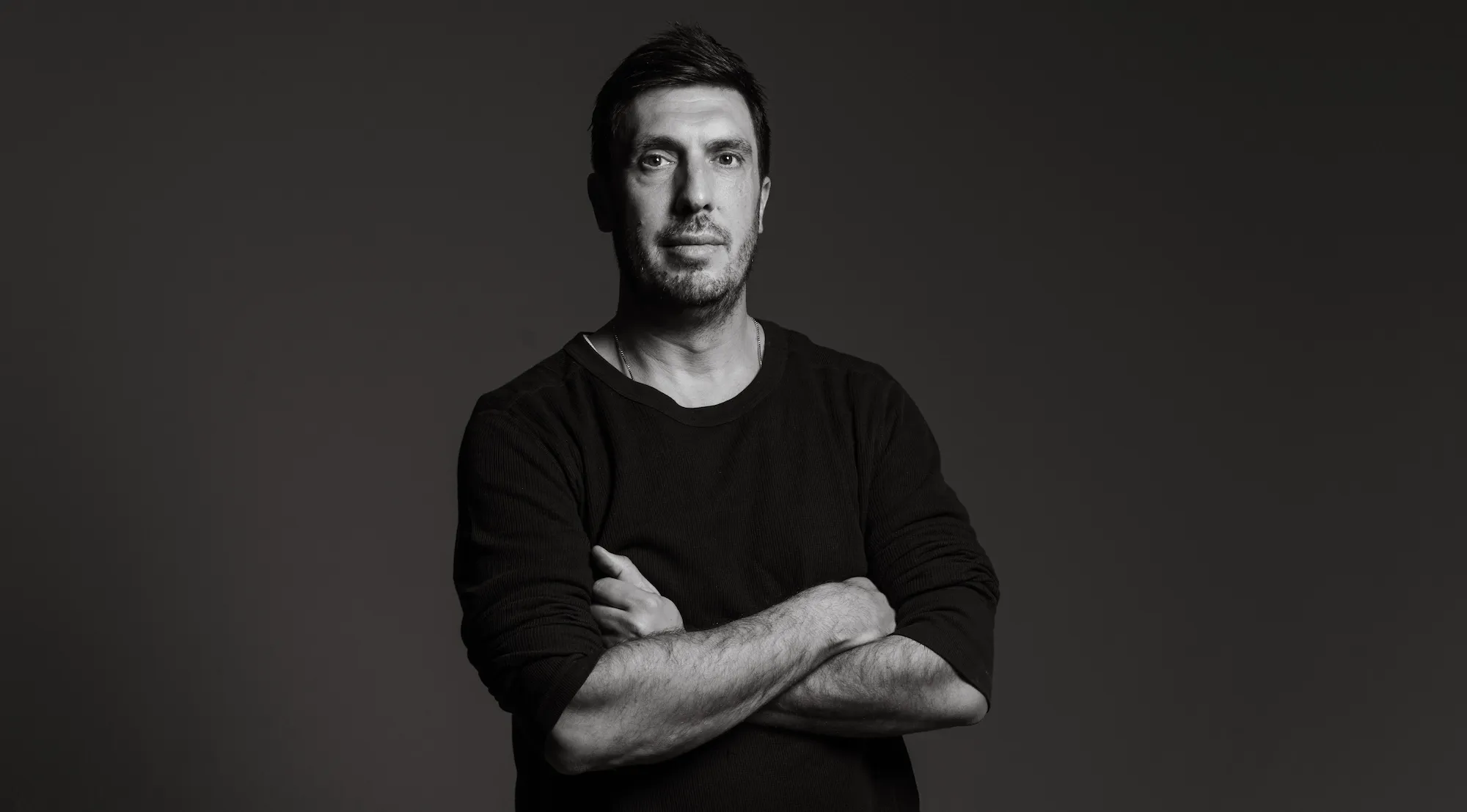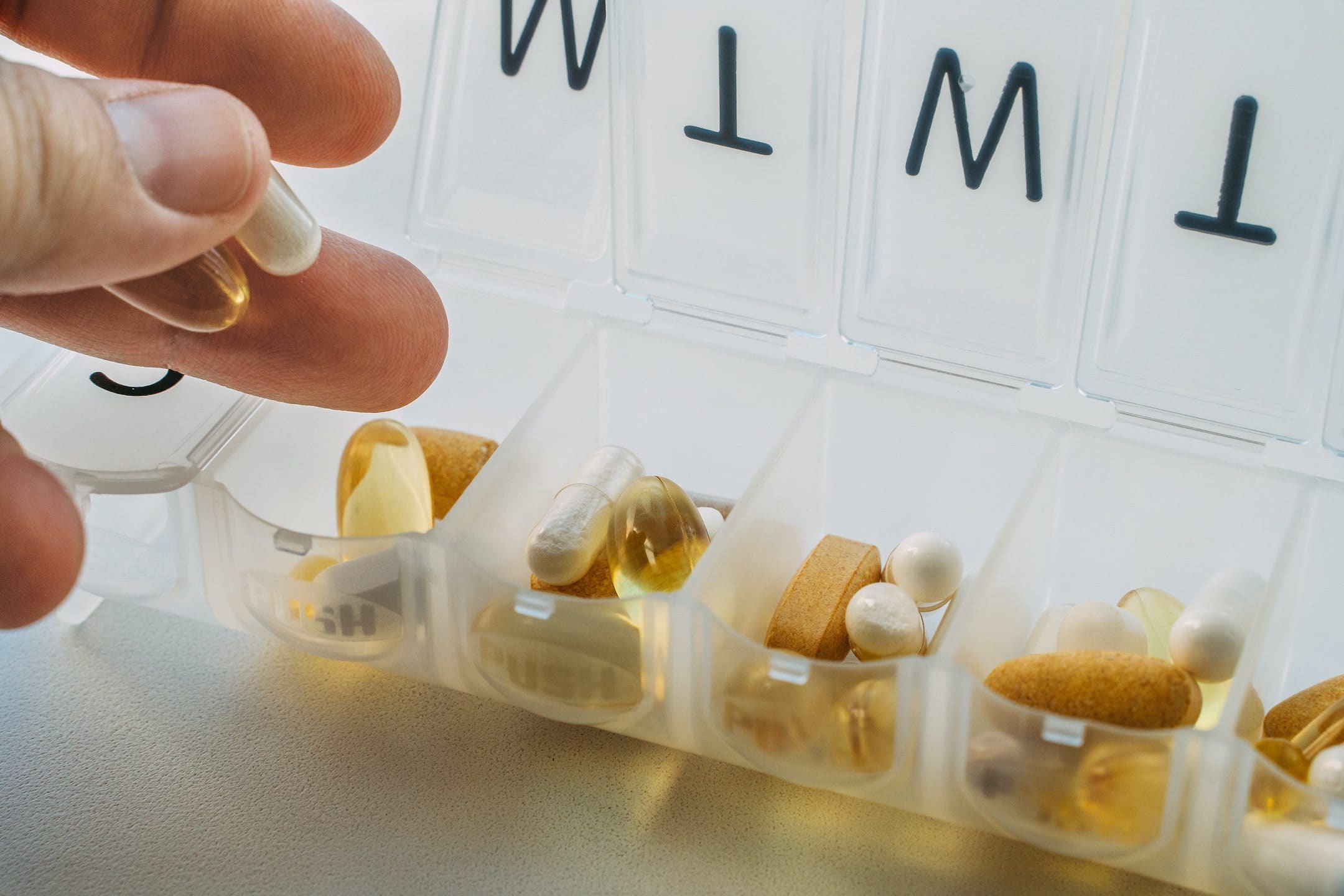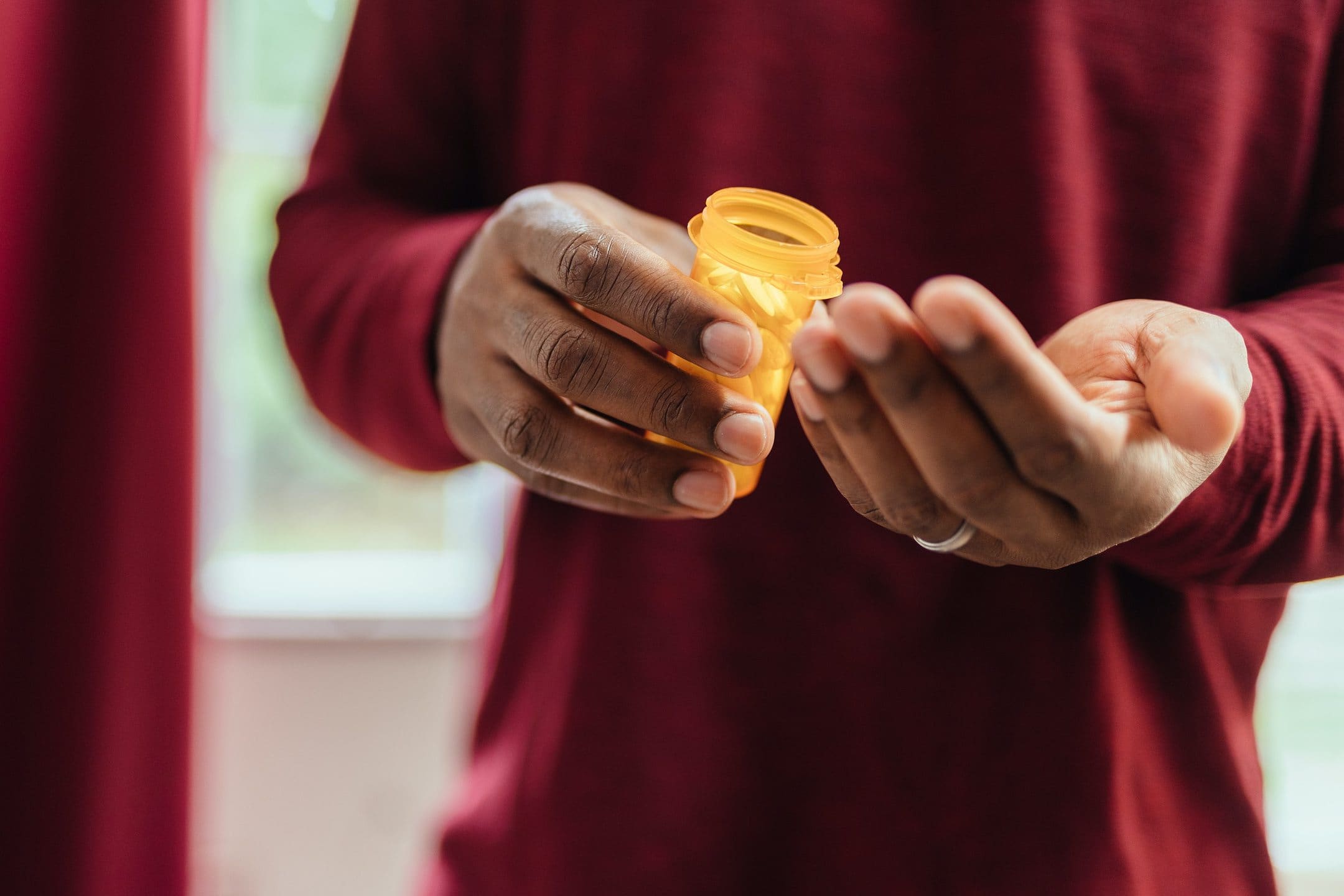Testicular torsion is an emergency condition where the testicular blood supply gets twisted and cuts off blood flow to the testicle. The experience can be extremely painful and dangerous. Though it is rare, testicular torsion can have serious implications for male fertility and must be treated right away.
Find out what causes testicular torsion, common symptoms of the condition, and what kinds of treatments are available.
Key takeaways
- Testicular torsion is a serious medical condition in which the testicular blood supply gets twisted and cuts off blood flow to the testicle.
- It typically occurs in people with bell clapper deformity, in which there’s not enough tissue holding the testes to the scrotum. Injuries to the scrotum and strenuous exercise can also cause the testicular torsion.
- Symptoms include severe pain, swelling, redness, nausea, and abdominal pain.
- Treatment usually involves surgical intervention, which should occur within six hours of the torsion. Delayed medical treatment may result in male-factor infertility.
What is testicular torsion?
Testicular torsion is a rare yet serious condition that affects about 1 in 4,000 males under the age of 25 and is most common in adolescents between the ages of 12 and 18.
Testicular torsion occurs when a testicle rotates and twists the spermatic cord that supplies blood to the scrotum. The twisting cuts off the testicle’s blood supply, causing sudden and severe pain and swelling.
What causes testicular torsion?
Testicular torsion typically happens to those with bell clapper deformity. In most individuals born with testes, the spermatic cord cannot twist because the tissue around it is well attached. But those with bell clapper deformity do not not have enough tissue holding the testes to the scrotum. This leaves the testes unsecured and able to move freely inside the scrotum, with the potential to get twisted.
Newborns can also get testicular torsion because the connecting tissue hasn’t yet formed; this can even happen before birth.
Some other reasons for developing testicular torsion include:
- Injury to the scrotum: In 4–8% of cases, the cause of testicular torsion is traumatic injury. This includes sports-related injuries.
- Strenuous exercise: There’s some evidence that intense and strenuous exercise may be a contributing factor.
- Cold weather: Some research shows that cold weather is a predisposing factor for testicular torsion, especially at night in the presence of “erotic dreams.”
Symptoms and diagnosis
One of the most obvious symptoms in testicular torsion is pain. It will typically occur suddenly on one side of the scrotum.
Other symptoms include:
- swelling of the scrotum
- one testicle sitting higher than the other
- changes of scrotum color, such as redness or darkening
- a visible lump in the testicle
- abdominal pain
- nausea and vomiting
- dizziness
- frequent urination
- fever
Less commonly, testicular torsion can cause a slow onset of pain in the testicle, which can persist over many hours or a day. According to the American Urological Association, the condition tends to happen on the left side more than the right and only 2 in 100 men with torsion have it in both testes.
To diagnose testicular torsion, a doctor will likely ask you questions about your symptoms and perform a physical exam to check your scrotum and testicles. Because this is a medical emergency, the exam will typically take place in the emergency room. In some cases, the doctor may order a urine test to check for an infection or an ultrasound to look for reduced blood flow to your testicle.
The Mayo Clinic suggests seeking medical attention even if the testicular pain has gone away. Though the spermatic cord may have untwisted itself, you may need surgical intervention to prevent it from happening again.
Treating testicular torsion
Testicular torsion must be treated immediately as lasting damage can occur within six hours of the torsion occurring. In fact, research shows that for those who seek medical attention within the first six hours of symptoms, the salvage rate is nearly 100% but this number rapidly drops to less than 50% if the delay in seeking help is more than 12–24 hours. One study found that nearly 3 in 4 patients need the testicle removed (orchidectomy) if surgery is delayed past 12 hours.
The most common treatment for testicular torsion is surgical intervention, during which:
- The patient is put under general anesthesia.
- A small incision is made in the scrotum (or sometimes in the groin).
- The surgeon untwists the spermatic cord.
- If necessary, stitches secure the testis to the scrotum.
- If the testicle cannot be saved, the surgeon will remove the testicle and sew stitches around the other to prevent a future incident.
In some cases, a doctor may untwist the torsion manually in the emergency room without surgical intervention. However, surgery may still be needed to ensure it does not happen again.
After surgery, you may be given pain medication and discouraged from strenuous activity or exercise for several weeks.
How testicular torsion impacts fertility
Testicular torsion may impact your fertility, especially if medical attention was delayed. Even though one testicle can produce sufficient sperm and testosterone, sperm quality may be affected. Here’s what the research says:
- Poor sperm quality: In a study examining 67 testicular torsion patients after 4 years of the occurrence, 64% of patients had abnormally low sperm motility (movement) or morphology (shape) and 39% were classified as subfertile (sperm counts of less than 20 million/mL). Only 14% of patients had semen parameters within the normal range. Researchers also found that low total motile sperm count correlated with the duration of torsion, proving early treatment is crucial.
- Low testosterone: Some research shows testosterone levels are significantly lower after testicular torsion. Though it is possible to conceive with low levels of testosterone, sperm production may be negatively impacted and low testosterone levels may cause reduced libido and sexual dysfunction. However, one case of missed bilateral testicular torsion, resulting in low testosterone and erectile dysfunction, found the patient had no sperm in the ejaculate. Though their erectile dysfunction was successfully treated, the infertility was irreversible.
- Antisperm antibodies: One Chinese study found testicular torsion that resulted in removal of the damaged testis induced the elevation of antisperm antibodies — immune system proteins that destroy sperm. And this 2019 study found even after testicular torsion surgery corrected the issue, antisperm antibodies could still sometimes be detected in the semen.
- Potentially higher fertility for removal of damaged testes: Interestingly, research has shown that having a damaged testis removed (orchiectomy) after testicular torsion is better for restoring male fertility than securing the injured testis in the abdomen and leaving it there (a procedure called orchiopexy). In this animal study, testicular functions were restored faster after orchiectomy compared to orchiopexy. Other research shows that about one in every four testes undergoes atrophy after orchiopexy.
If you have experienced testicular torsion in the past or have a family history of testicular torsion, it’s recommended you check with your doctor to see if you are a candidate for surgery to prevent a testicular torsion from occurring in the future.
It’s also worth noting that testicular torsion is sudden and cannot always be anticipated. One of the best things you can do to protect your fertility for the future is to consider freezing your sperm. Legacy makes it easy with an at-home sperm freezing kit that allows you to provide your sample and schedule same-day pickup from the comfort and privacy of your home. Choose from annual, five-year, and lifetime storage plans at a fraction of traditional sperm freezing costs.
Not sure your sperm is in the best shape for freezing? Start with an at-home sperm analysis, which checks all key metrics of sperm health, just like a fertility clinic or traditional lab (without having to go to a clinic or lab). If there’s room for improvement, your results will include personalized recommendations to boost the quality of your sperm so you can be sure the sperm you freeze is the healthiest it can be.
Find out more about sperm testing and sperm freezing with Legacy.



